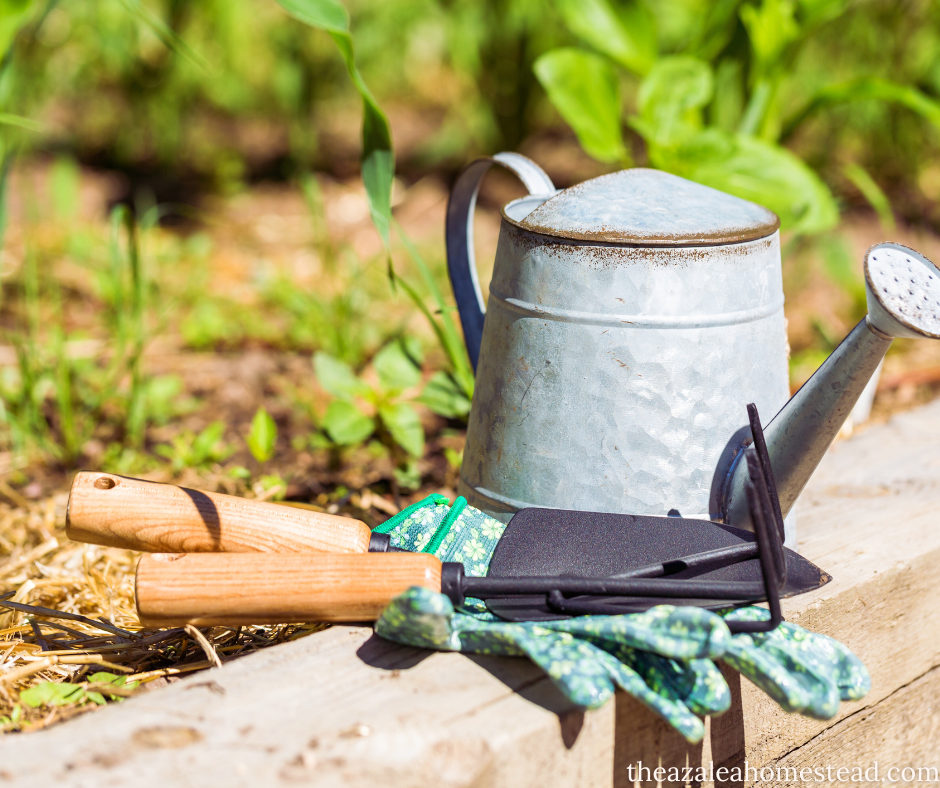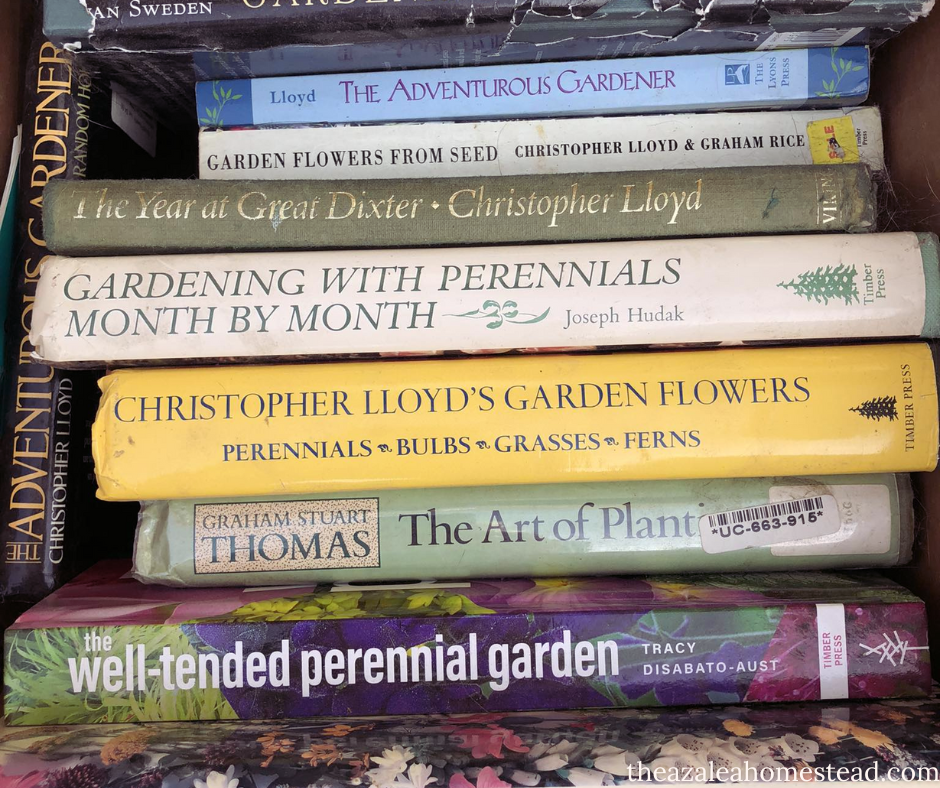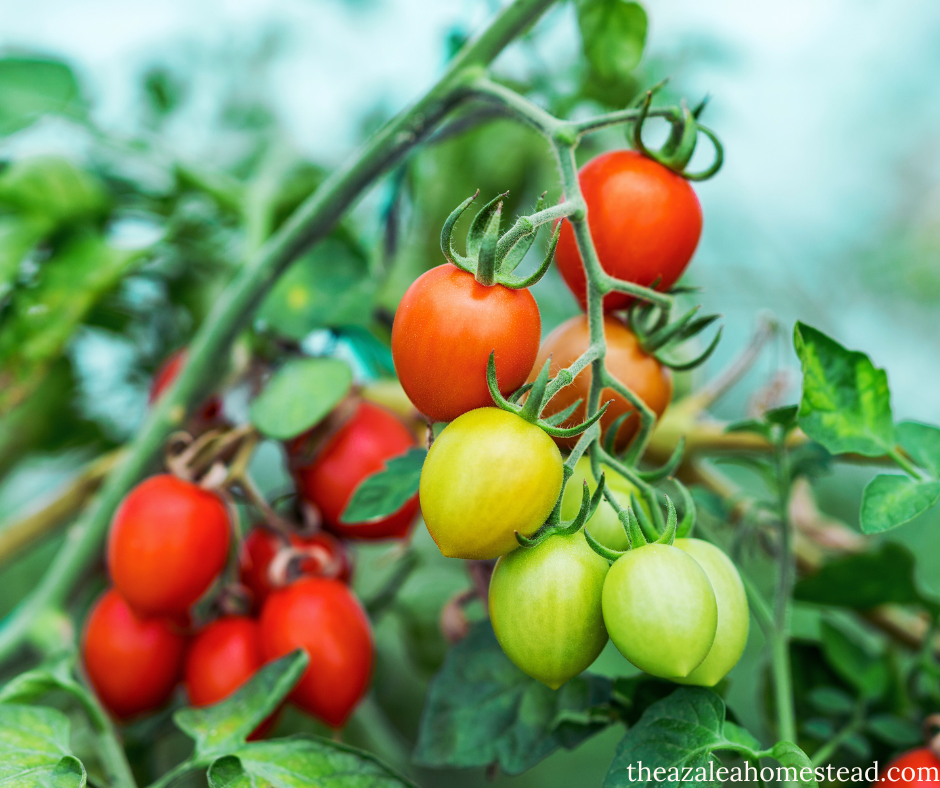9 Of My Biggest Gardening Mistakes
- Brianne Thomas
- Aug 11
- 6 min read
Mistakes are an inevitable part of any learning journey, and I have certainly encountered my fair share, particularly in the realm of gardening on our suburban homestead. This patch of land, which I envisioned as a flourishing oasis, has often turned into a canvas of trial and error. From misjudging the right time to plant certain seeds to overwatering delicate seedlings, each misstep has taught me invaluable lessons. To help you avoid the pitfalls, I’m sharing with you my biggest gardening mistakes and how to fix them.

1) Lack of Research.
Like many beginner gardeners, I dove straight into gardening without adequate preparation. I read a lot of different books and articles, and watched a lot of YouTube videos. But when it was time to plant, I often just planted things wherever without thinking about companion planting. I also made a lot of impulsive purchases at garden center stores. This can result in frustration and disappointment, especially if plants fail to thrive.
To avoid this, take the time to research and plan your garden before making any purchases. Visualize your ideal garden space and create a detailed plan to guide your efforts.
2) Choosing an Inappropriate Location.
Our backyard faces south, which initially led me to believe that any spot would be perfect for a raised bed. In the fall of 2023, we transitioned from using buckets and pots to installing raised beds. However, I overlooked the fact that my neighbor's then leafless oak tree would eventually cast significant shade in one corner, right where I placed a bed.
While I've managed to grow a few things there, I realize now that I would have benefited more if I had positioned it just two feet further down. The success of a garden is largely determined by its location, and a common mistake is choosing a spot that lacks sufficient sunlight. To ensure healthy growth, it's essential to place your vegetable garden in an area that receives at least eight hours of direct sunlight each day.
Advertisement
3) Overplanning.
I’m a huge planner. An over-planner, if we’re being completely honest. I scoured Pinterest, watched YouTube videos, and read many books. All in an effort to plan the most perfect, beautiful, high-producing backyard garden that ever existed. Guess what? I failed. Shocker, I know. I did ok with the reeling it in when I had the buckets and pots, but when we got the raised beds, I went all in. And a lot of things didn’t do well because I was making mistake after mistake.

For first-time gardeners, it’s wise to start small. Instead of overwhelming yourself with a large garden, consider planting just a few rows or a single raised bed with two or three types of vegetables. This approach allows you to learn and adapt without feeling overwhelmed, making gardening a more enjoyable experience. I cannot stress enough the importance of getting to know your local county extension office. They are a wealth of knowledge!
Just starting your research? Check out my lists for GARDENING and FOOD PRESERVATION
4) Opting for Low-Quality Materials.
While it may be tempting to save money by purchasing the cheapest materials, investing in quality supplies pays off in the long run. Choose durable materials for your raised beds, high-quality soil, sturdy trellises, and reliable seeds. This investment will enhance your gardening experience and reduce the need for frequent replacements.
I invested about $200 in buckets and pots in my first gardening year. That same $200 could have purchased a raised bed. I have passed most of my buckets and pots to friends and family who wanted to get started on gardening, so the money isn’t a complete waste. But I do wish I had thought about it more long-term and opted for a higher quality solution.
5) Timing Your Planting Incorrectly.
The excitement of an upcoming growing season can lead to premature planting, or in my case, late planting. In Southern Alabama, our fall is typically referred to as “Second Summer” because the temperature changes very little. Because of this and the busy school year, then the holidays, I forget to start my winter garden seeds on time. So, when January rolls around, I’m left scrambling to figure out what I want to plant and what will have time to produce.

One way I’ve found to help is by keeping a gardening journal. It doesn’t have to be anything fancy. A standard notebook or my Garden Planning Printable Pack can help keep you on track. Check your local county extension office website for resources they have for your specific area. They typically offer classes, online presentations, and printables that are tailored to your growzone and climate. I’ve been following the monthly to-do list provided by my local county extension office, and their recommendations have saved me more than once.
6) Ignoring Soil Quality.
The foundation of a successful garden lies in the soil. This ties back to the low-quality materials I mentioned. Choosing a soil that isn’t of good quality simply because it’s affordable will come back to bite you in the end.
Ensure the soil you’re selecting is made for the purpose you intend to use it. Potting soil is a light, sterile mix designed for container gardening and seed starting, while garden soil is a heavier mix typically used for in-ground gardening. Topsoil is the top layer of natural soil, often enriched with organic matter for landscaping and filling in areas. Be sure to conduct a soil test to understand its nutrient content and pH level and amend it as necessary to create an optimal growing environment.
7) Neglecting Watering Needs.
We are slowly integrating water irrigation to all of our raised beds. Unfortunately, we only have it set up on two of the beds. For the rest, I’ve used a basic water sprinkler to water the rest and would supplement using the hose. But some days it is just too dang hot and so I would skip it and hope that everything would work out. Guess what? It didn’t. Leaves were getting scorched by the sun, and the soil wasn’t getting enough water. When my plants looked stressed then I would hit them with a ton of water. Turns out that wasn’t good either.
New gardeners often underestimate the importance of consistent watering. Different plants have varying water requirements, and neglecting this aspect can lead to stress or death. Establish a regular watering schedule and consider factors like weather conditions and soil moisture to keep your plants healthy.
Advertisement
8) Failing to Rotate Crops.
In an effort to keep things neat, orderly, and familiar, I planted the same crops in the same spot. I had a bed for my peas, a bed for my tomatoes, a bed for my brassicas, and so on. My soil was in complete havoc last year because of this. It was completely depleted of nutrients. I did a soil test and made the recommended amendment adjustments. Now, I wait to see if that is enough.
Not rotating your crops can not only ruin your soil, but it can also increase pest problems. Plan to rotate your crops annually to maintain soil health.
9) Not Paying Attention.
This is the biggest mistake I’ve made as a new gardener. Those tiny holes in the leaves of my plants and flowers? I saw them but didn’t research to see if it was a problem. My soil drying out and eroding? I noticed but didn’t pay it much attention. The result: pests and problems.
Observing our gardens closely can reveal invaluable lessons about their ecosystems. By taking the time to notice the sun's path, the quality of the soil, and the various life forms present, we can gain insights into our outdoor spaces. Pay attention to which parts of your yard bask in sunlight and which remain shaded, as this can shift with the seasons. Additionally, observe how different plants attract specific insects and how the wind interacts with the garden.
Being mindful of the ecosystem you’re creating and integrating can help you understand the process of identifying issues and making amendments right away, which will save you a lot of heartache and money.

Want to help a small family business in a big way? Pass this info along to a friend!
Did you know that we have a newsletter? It features some of our favorite recipes and free printables that are only available to our subscribers! And don’t worry, we hate spam mail and value your time. You’ll receive an initial thank-you email, and our newsletter is delivered monthly. You can help our small family business by sharing us on Facebook, Instagram, and Pinterest. Click here to sign up for our newsletter today!
Advertisement







Comments